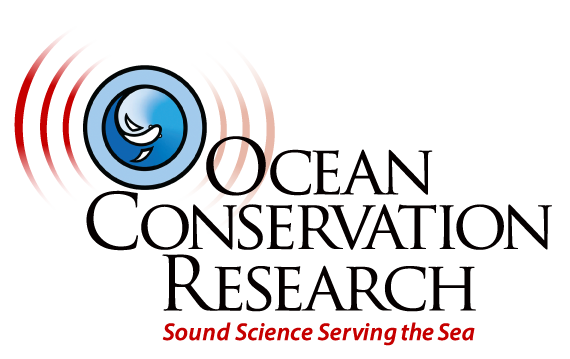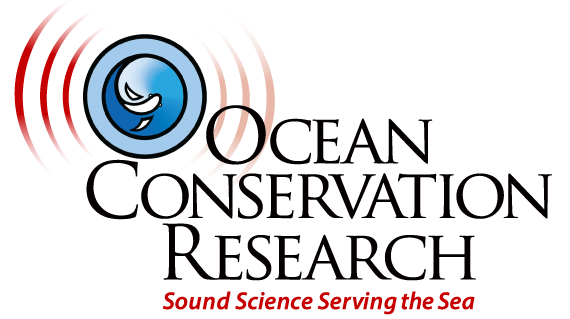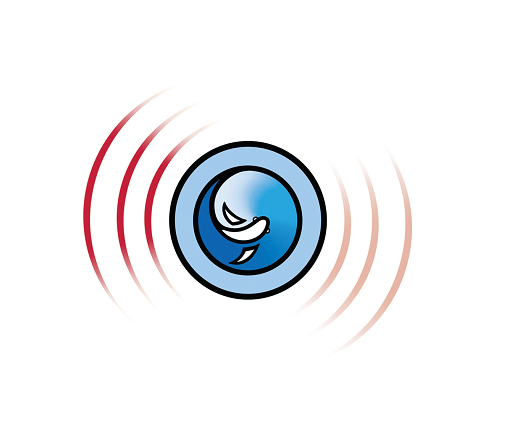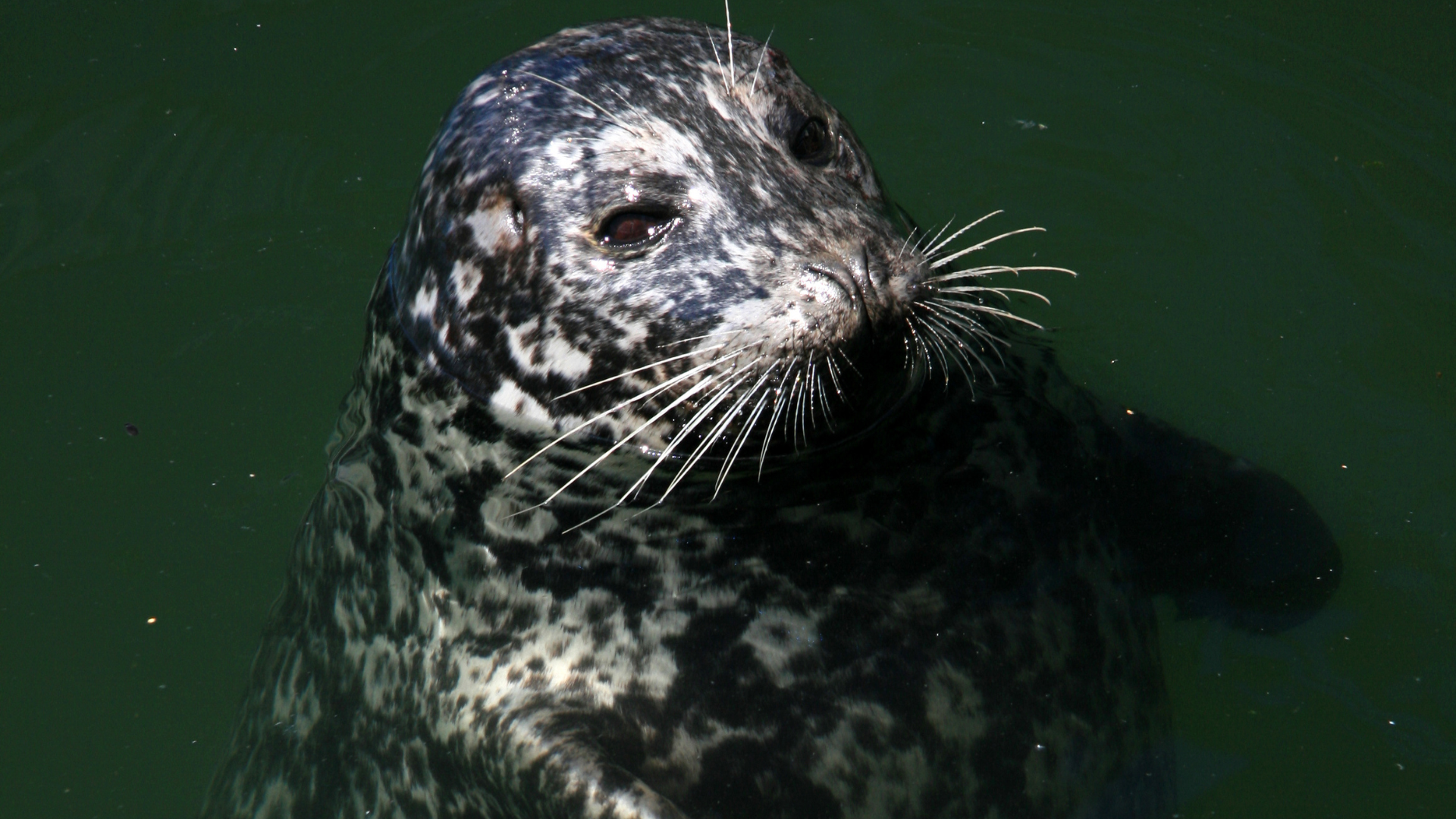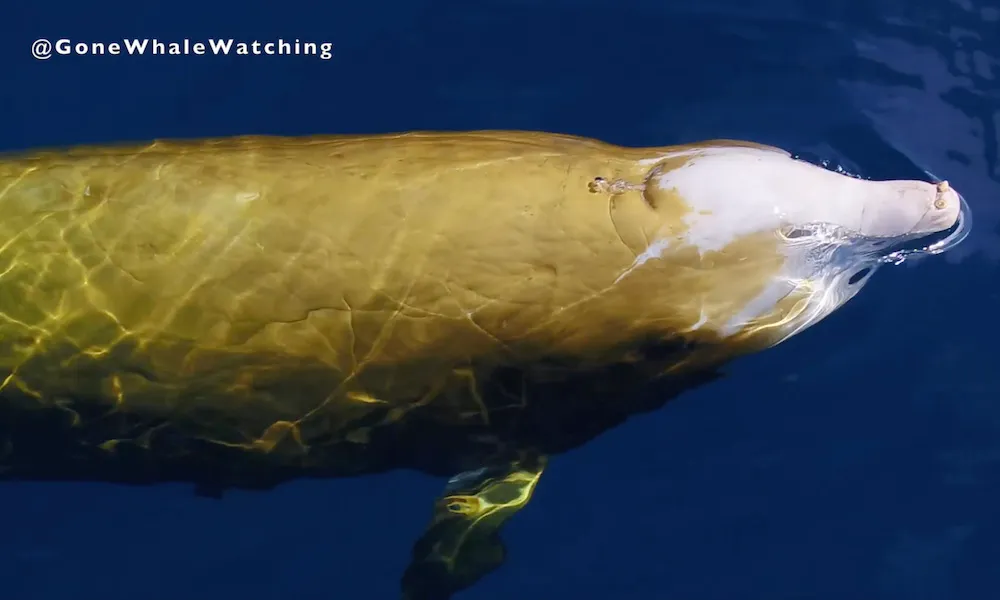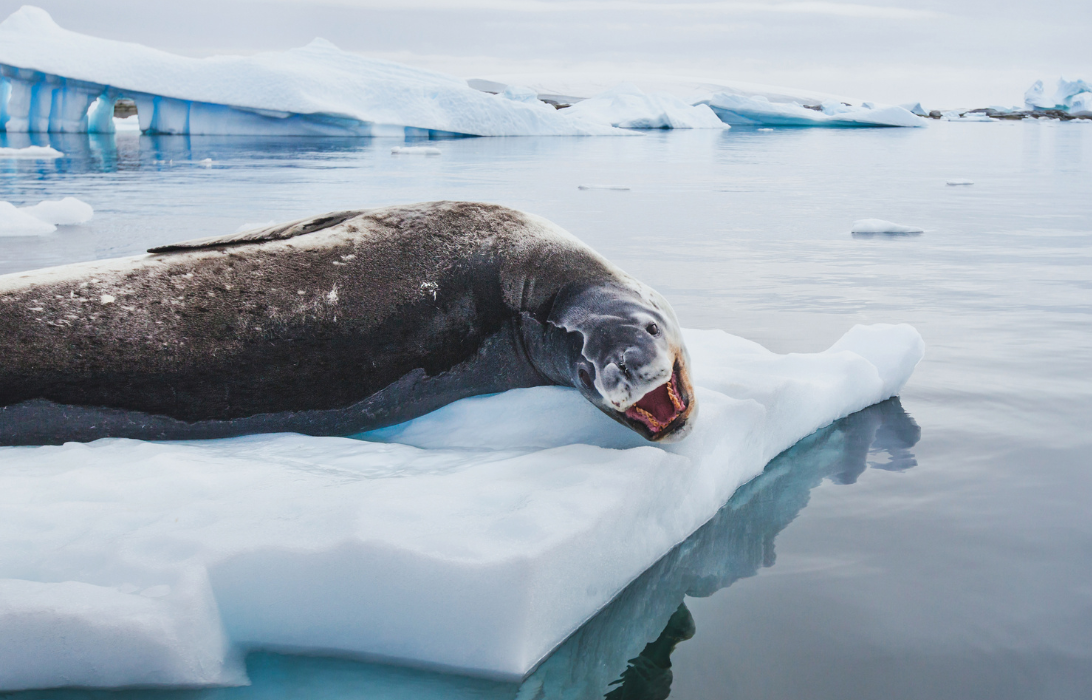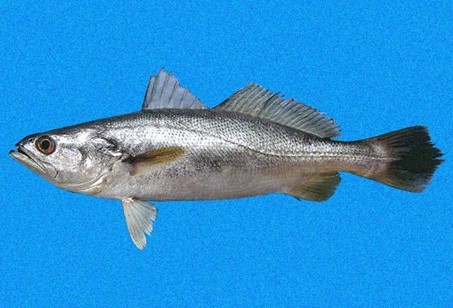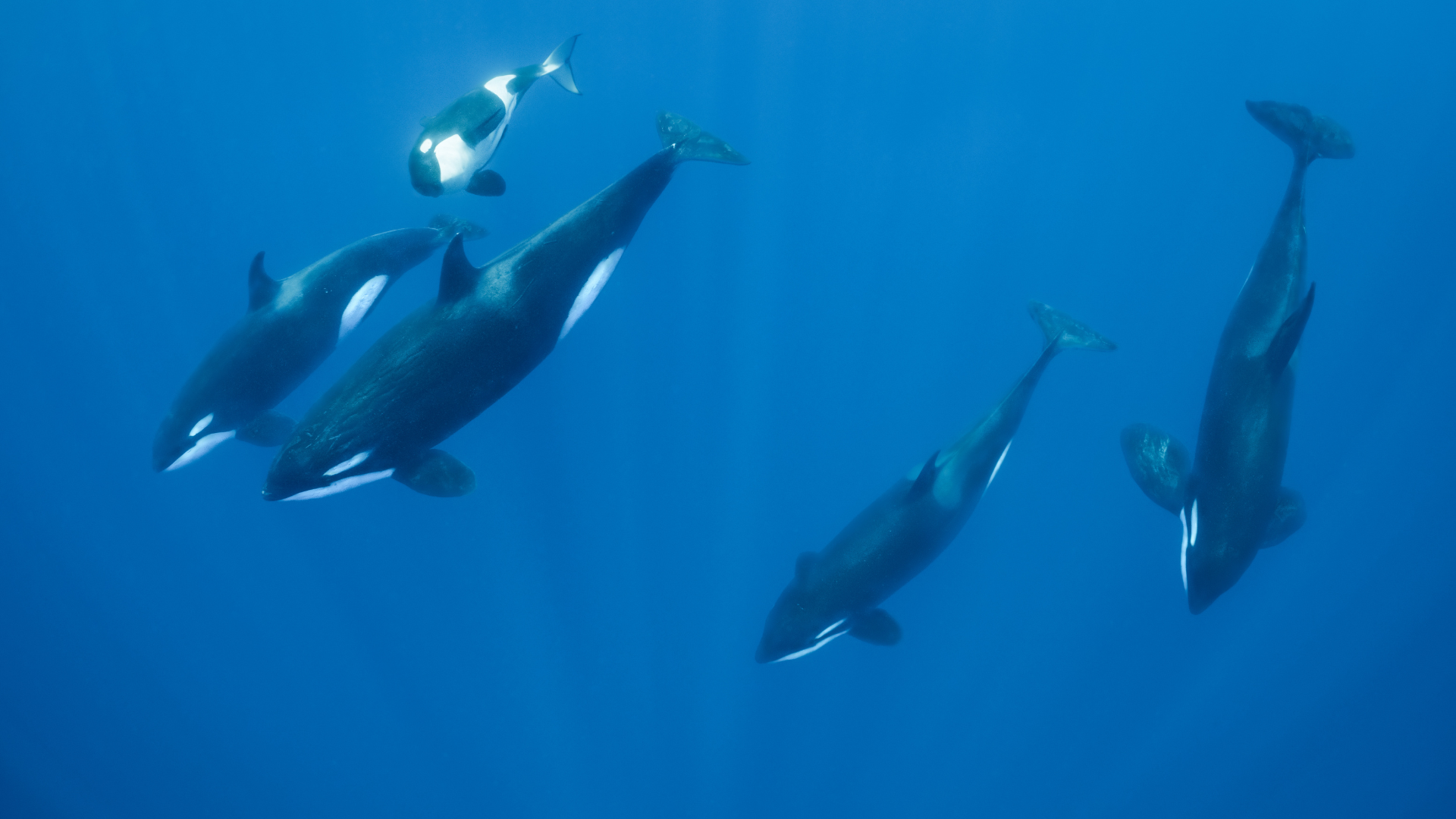Minke Whale
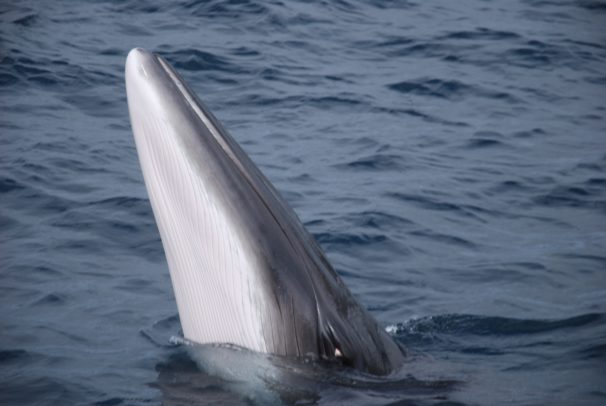
LATIN NAME Balaenoptera, B. acutorostrata, B. bonaerensis
LENGTH Males measure an average of 6.9 m (23 ft) and females 7.4 m (24 ft)
WEIGHT 4–5 t (3.9–4.9 long tons; 4.4–5.5 short tons)
LIFETIME It is estimated that minke whales become sexually mature at 8 years for males, and 7-8 years for females.
PHYSICAL TRAITS Black or dark grey back and white belly, sharp angular nose
BEHAVIOR Stay underwater up to 20 minutes, deep dives
HABITAT Open sea
LOCATIONS All around the world
FOOD In the northern hemisphere, minke whales appear to be feeding primarily on small schooling fish such as herring, capelin, sandlance, and pilchard. They may also feed on krill and other zooplankton, which is the staple food for southern hemisphere minkes.
PREDATORS The main predators of the minke whale are the transient killer whales, sharks and humans – mostly Japanese whalers.
At 7 – 10 meters (23- 33 feet) the Minke whale (pronounced mink-ee) is the smallest of the Mysticetes or “baleen whales.” As such they are also the smallest of the Rorquals – which include (from ‘small’ to large) the Bryde’s, Sei, Fin, and Blue whale (the largest of any vertebrates to live on the planet). Rorqual vocalizations are mostly comprised of very low frequency, long wavelength repetitive pulses or “groans” below human frequency discrimination and longer than our typical time frame, so samples are usually “sped up” to 10 times speed so we can hear them and recognize patterns.
Many of the studies of the rorqual family look at the individual animal, but the subspecies have regional-specific behavioral distinctions, suggesting aggregate or community adaptive behaviors. One regional vocalization of the Minke from the Great Barrier Reef area is the “star wars” call . Another, called the “boing” was only recently associated with the North Atlantic Minkes. The chorusing sample provided here is from the West Indies; played back 10x speed the sound remarkably like crickets.
Audiographs
Common minke whale “boing” vocalizations recorded by a towed array in the North Pacific Ocean.
Sound courtesy of Jay Barlow and Shannon Rankin, Southwest Fisheries Science Center, National Marine Fisheries Service
__________________________________________
Minke Star Wars
Source: Jason Gedamke
